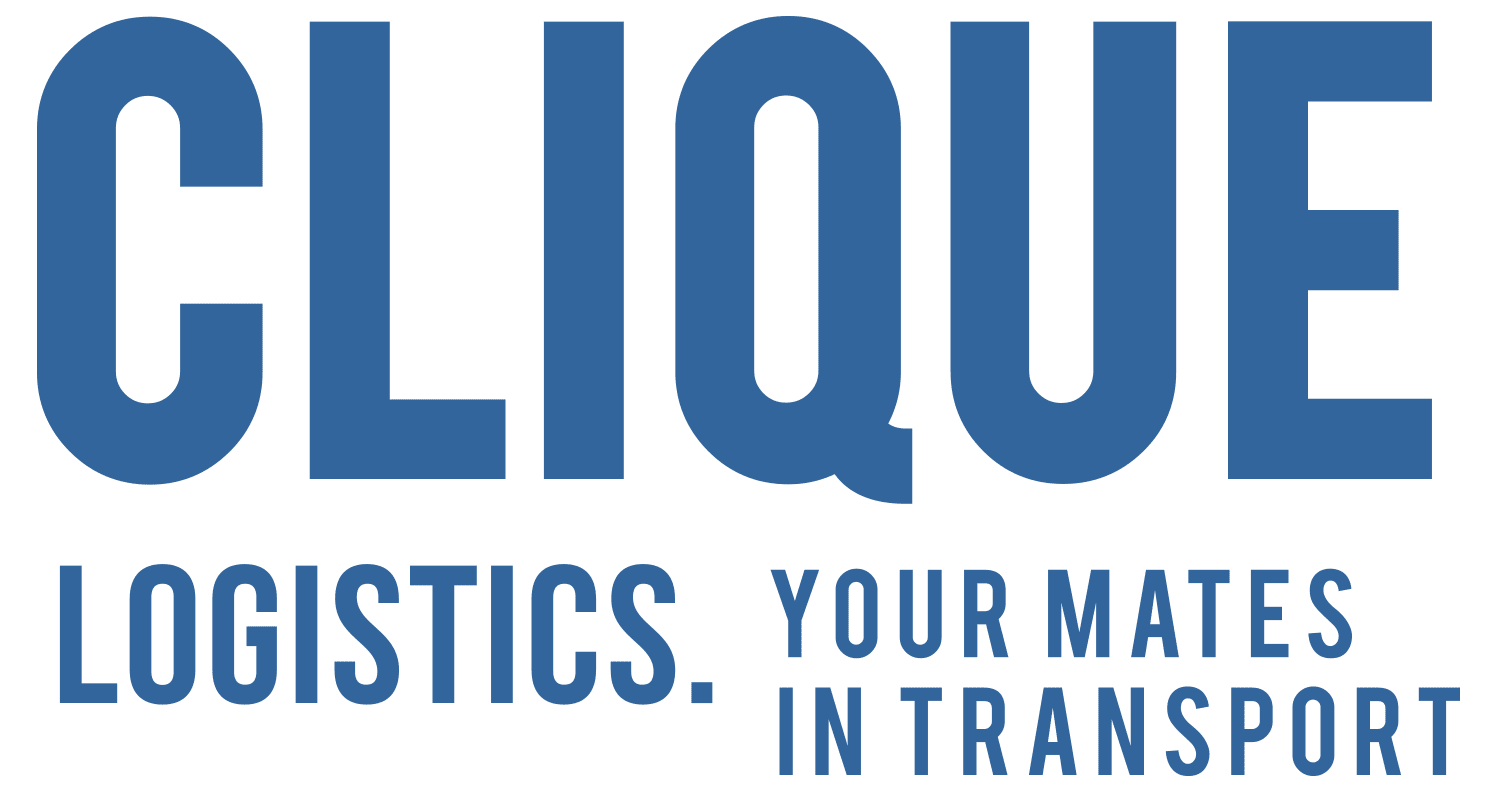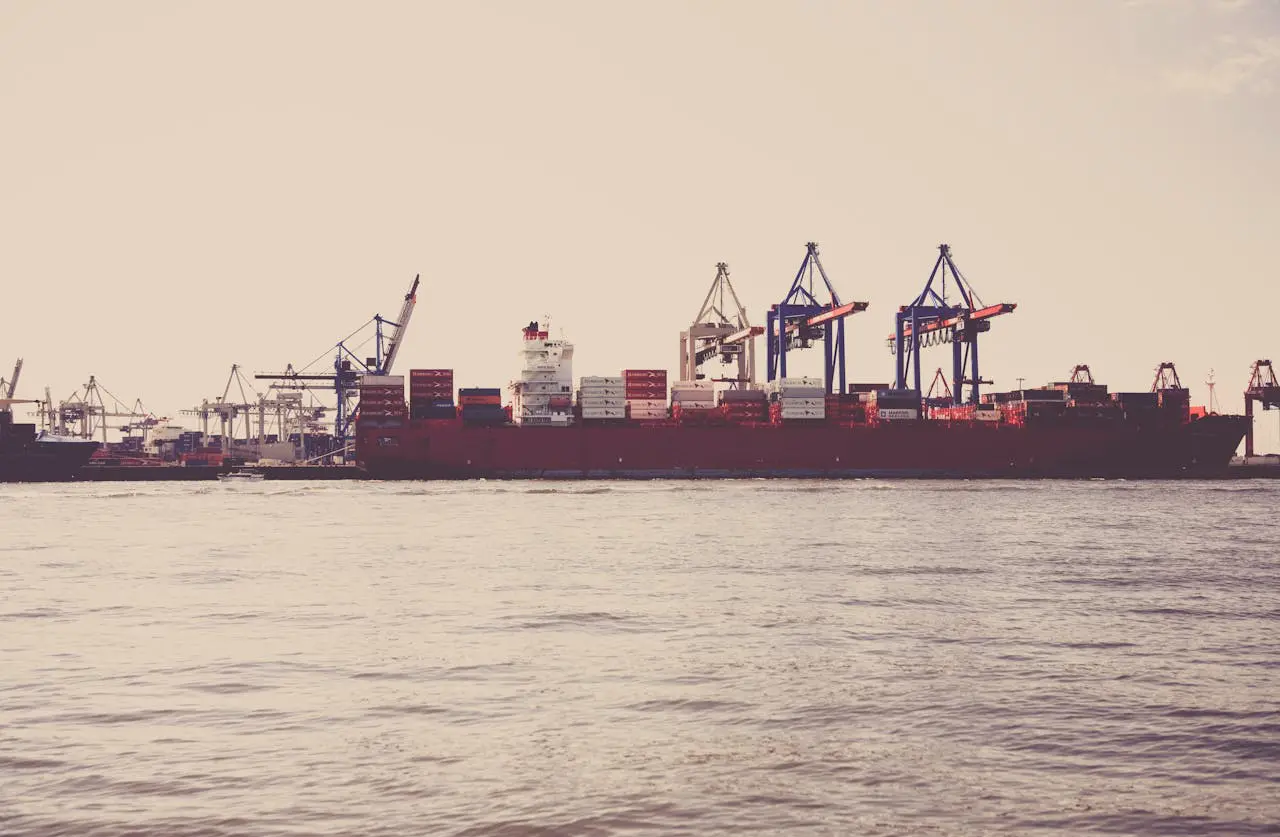You might be surprised to learn just how much green warehousing can save businesses in Australia. By adopting energy-efficient technologies like LED lighting and advanced HVAC systems, you could cut energy costs by at least 10%. Furthermore, effective waste management practices can reduce disposal expenses significantly. But that’s just the beginning; there are likewise government incentives that can offset initial investments. So, what are the long-term financial benefits that could make green warehousing a crucial strategy for your business?
Energy Efficiency Savings
Often, businesses overlook the substantial cost savings that come from adopting energy-efficient practices in their warehouses. By implementing LED lighting and motion sensors, you can reduce energy consumption by at least 10%, leading to significant cost reductions.
Imagine slashing your utility bills by upgrading to programmable thermostats and installing skylights, which can likewise contribute to around 10% savings for third-party logistics providers.
Additionally, HVAC upgrades play a vital role in enhancing your warehouse’s energy performance. By investing in high-efficiency HVAC systems and ensuring regular maintenance, you can improve indoor air quality while keeping operational costs low.
The long-term benefits of these upgrades can be substantial, particularly when you consider the cumulative savings over time.
Moreover, solar investments provide another avenue for significant savings. With returns on investment for solar installations achievable within five years, you can drastically lower your electricity expenses.
Waste Management Cost Reduction
Many businesses underestimate the impact of effective waste management on their bottom line. By implementing waste segregation programs, you can enjoy significant waste segregation benefits, reducing overall disposal costs by up to 30%. This not only lowers operational expenses but likewise improves your facility’s efficiency.
When you invest in recycling initiatives, you could save an average of $15,000 annually by redirecting materials from landfills, showcasing the recycling program impact.
Utilising reusable storage solutions can minimise waste and lead to a 20% reduction in packaging costs, increasing your savings. Furthermore, investing in cardboard baler efficiency allows you to enhance recycling processes, saving around $5,000 per year on waste disposal.
Adopting eco-friendly packaging advantages can further benefit your operations. By reducing material usage, you might achieve a cost reduction of about 10% in overall shipping expenses.
With these strategies in place, you not only contribute to a more sustainable environment but also strengthen your company’s financial health. Embracing effective waste management techniques is a smart move that directly impacts your profitability while promoting green warehousing practices.
Government Incentives and Support
Effective waste management can significantly improve your bottom line, but there’s more to green warehousing than just internal strategies. The Australian government actively supports businesses like yours through various government programs designed to encourage sustainable practices. By tapping into funding sources, you can access subsidies and grants for renewable energy installations that can drastically reduce your operational costs.
Furthermore, regulatory compliance often comes with financial incentives. When you upgrade your facilities to meet energy-efficient standards, you not only minimise energy expenses but may likewise qualify for tax incentives that improve your financial performance.
The Clean Energy Finance Corporation (CEFC) offers low-interest loans specifically for energy-efficient projects, making it easier for you to invest in green warehousing.
In addition, with federal and state governments setting ambitious emission targets, your participation in these initiatives not only helps the environment but also aligns your business with long-term sustainability goals.
This financial support helps offset the initial investment costs associated with green warehousing, making it a viable option for you to consider. Accept these government incentives and watch your costs decrease while contributing to a greener future.
Long-Term Financial Benefits
Investing in green warehousing not only aligns your business with sustainability goals but also unlocks substantial long-term financial benefits. By utilising sustainable materials and implementing energy-efficient features, you can achieve significant savings on operational costs.
For instance, third-party logistics providers can realise energy savings of at least 10%, translating into lower utility bills over time.
With improvements like LED lighting and programmable HVAC systems, a 20,000 sqm warehouse could save roughly $24,000 annually compared to non-certified facilities. This operational efficiency doesn’t just cut costs; it likewise boosts tenant attraction as businesses increasingly seek eco-friendly spaces.
Moreover, as your warehouse adopts zero waste strategies, you’ll see reduced expenses related to waste disposal and recycling. This focus on sustainability not only contributes to your market competitiveness but also strengthens your eco-friendly branding.
Companies investing in green warehousing can save tenants about $1.11 per square meter annually, further improving their financial standing. Ultimately, these long-term financial benefits make green warehousing not just an ethical choice but a smart business move that pays dividends over time.
Case Studies of Success
When you look at successful examples of green warehousing in Australia, the benefits become clear. The Toll Group’s first carbon-neutral certified facility demonstrates how innovative technologies can lead to significant energy savings and lower operational costs. By minimising greenhouse gas emissions, they’ve set a benchmark for sustainability.
Charter Hall’s Woolworths distribution center showcases the power of solar energy, using 3,800 solar panels to meet 20% of its energy needs. The return on investment for these solar installations is realised within just five years, enhancing overall efficiency.
Frasers Property’s Green Star-rated buildings reveal the financial advantages of building certifications. Tenants save approximately $1.11 per square meter annually, equating to around $24,000 in savings for a 20,000 square meter warehouse compared to non-certified facilities, resulting in high tenant satisfaction.
Lastly, the NewLogic III building, equipped with a photovoltaic system featuring 11,620 solar panels, generates surplus electricity, driving down energy costs further.
Conclusion
To sum up, embracing green warehousing in Australia can lead to significant cost savings for your business. By improving energy efficiency and implementing effective waste management strategies, you can cut expenses and boost your bottom line. Plus, taking advantage of government incentives makes these eco-friendly investments even more appealing. As you consider the long-term financial benefits, remember that going green isn’t just good for the planet—it’s a smart move for your finances, too.





